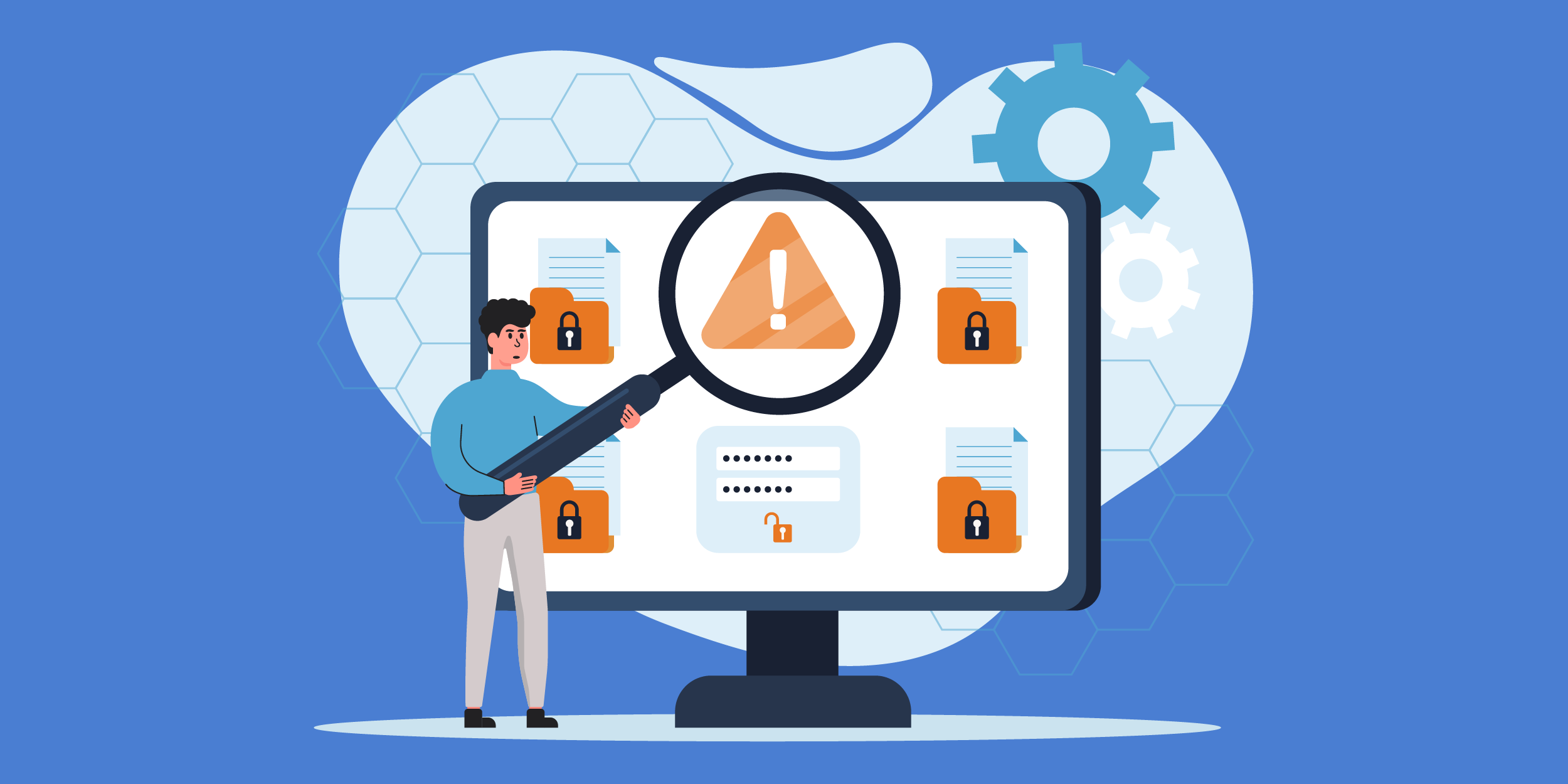Safeguarding OCR Information: How Providers Can Protect Extracted Data for Maximum Security

Using the swaths of data that organizations collect has become crucial to a successful business. In fact, BARC research surveys show that businesses leveraging big data saw an 8% increase in profit and a 10% reduction in cost. Optical Character Recognition (OCR) and AI-assisted capture have become key technologies for digitizing documents and extracting valuable data, but the sensitivity of many documents processed by these technologies sets up data security as a top priority for those looking to implement this technology.
Without implementing security best practices, the extracted data can be vulnerable to breaches, putting personal and business information at risk. This blog explores the most essential security practices that document capture providers should implement to protect data and ensure compliance with data protection standards.
Why Data Security is Critical in OCR
OCR and AI-assisted capture technologies transform documents that are illegible to computers, such as PDFs and scanned images, into searchable, editable, and leverageable digital content that can be used in a wide variety of automated business processes. This powerful capability opens the door to more efficient data management and introduces new security challenges. Extracted data often contains sensitive and protected personal, financial, health, or identifiable information. The exposure of such data can lead to cybercrime, steep penalties, and a loss of customer trust. For example, the FTC can levy monetary penalties of up to $40,000 per violation, and HIPAA can impose penalties of up to $50,000 per violation.
Essential Security Measures for Protecting Extracted Data
Data Encryption at All Stages
Data encryption is one of the most fundamental measures document capture providers can take. Sensitive data should be encrypted both in transit and at rest, ensuring that unauthorized parties cannot read the information even if they gain access to it. End-to-end encryption protects data from the moment it is extracted until it reaches its final destination, significantly reducing the risk of exposure.
Secure Access Controls
Access control mechanisms ensure that only authorized users have access to sensitive data. Document capture providers can implement role-based access control (RBAC) to limit data visibility based on user roles and responsibilities. Multi-factor authentication (MFA) adds another layer of security by requiring users to verify their identity through additional means beyond a password.
Audit Trails and Monitoring
Regularly monitoring data access logs and maintaining detailed audit trails can help document capture providers quickly detect and respond to unauthorized access. Suspicious activity, such as repeated access attempts or access from unfamiliar locations, can be red flags for potential security breaches.
Data Masking and Redaction
Data masking and redaction tools can obfuscate sensitive information before sharing it with unauthorized individuals or exposing it to less secure platforms. This is primarily useful when only partial data access is required for a task, but it still plays a crucial part in minimizing security threats.
Regular Security Updates and Patching
Document capture providers must keep all software used to host and run their platform up to date to mitigate security vulnerabilities. Regular security updates and patches address newly discovered threats, ensuring extracted data remains secure against the latest risks. Neglecting updates can leave systems open to exploitation, making it crucial to install them as early as possible.
Compliance Certifications and Standards
Maintaining industry-recognized security certifications builds trust and showcases dedication to protecting client information. Providers should strive for certifications such as SOC 3, which details stringent operational practices for secure data handling. Organizations handling specific data types may look for additional certifications, such as HIPAA, concerning personal health information.
Best Practices for OCR Users to Ensure Data Security
While OCR and AI-assisted capture providers play a significant role in data protection, businesses using these technologies must adopt secure practices. Partnering with security-conscious providers is the first step, but businesses should also implement their own data security protocols. These steps include regular employee training on secure data handling and vetting any integrated solutions to ensure they maintain data security as well.
Conclusion
Protecting extracted data safeguards your customers, your staff, and your organization as a whole. By implementing measures like encryption, secure access controls, regular updates, and compliance certifications, document capture providers can help you maintain the safety of sensitive data. Businesses looking to implement OCR technology should seek out trusted providers and develop their own data security practices to maintain best practices. Together, these measures reduce risk, build trust, and enable the benefits of OCR technology without compromising data security.
How Square 9 Can Help
Square 9 is a leading provider of AI-powered intelligent information management solutions that take the paper out of work and make it easier to get things done. With digital workflows that automate many aspects of how you work today, we make it easy by extracting information from scans or PDFs, storing documents in a searchable archive, and building digital twins of your current processes through graphical workflows.


